Meet Rubén Guevara III | Independent Filmmaker & Writer
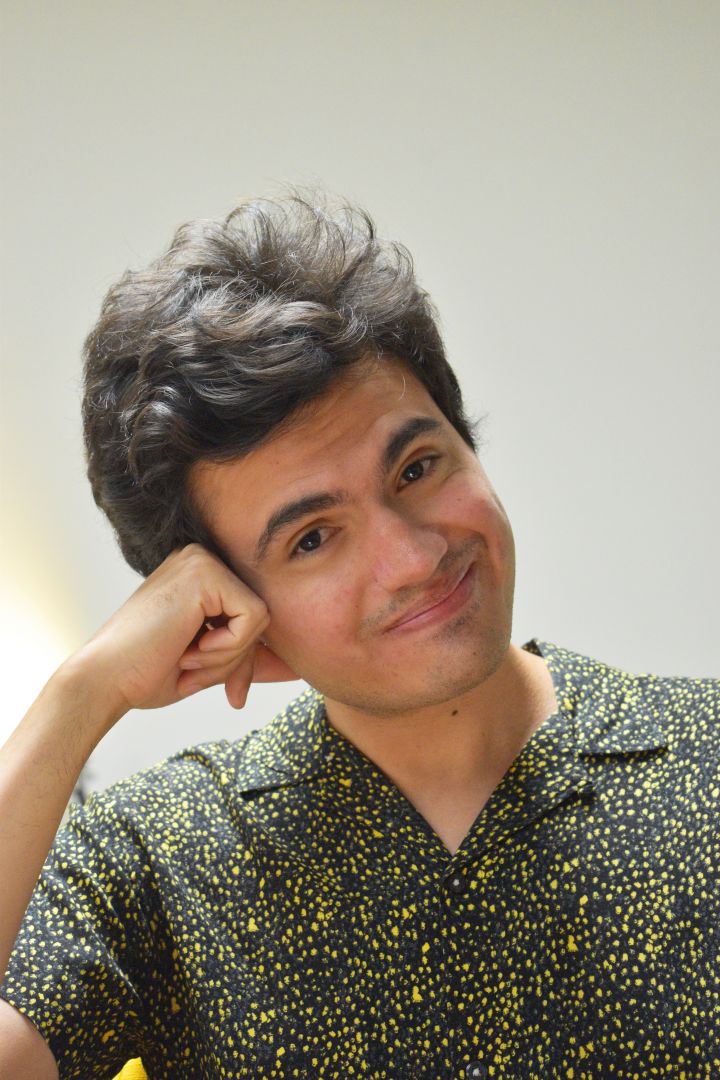

We had the good fortune of connecting with Rubén Guevara III and we’ve shared our conversation below.
Hi Rubén, where are your from? We’d love to hear about how your background has played a role in who you are today?
I was born on the westside of Los Angeles, where I spent the first half of my life. The other half was spent on the eastside, which is where I reside now. Both places informed me as a filmmaker, and as an artist. My mother and father divorced when I was around five, and even though they each spent considerable amounts of time on opposite ends of town, their identities never really crossed over… but mine did. Much like Leonardo DiCaprio’s undercover cop in “The Departed,” I was two different sets of people depending on where I was in the city. The westside was my first introduction to private school, where I met the offspring of some of the wealthiest businesspeople in Southern California. Some of those children have since gone on to become high-level executives at major film studios… while others are still floundering and wondering what they should be doing with their lives. What, in hindsight, that taught me about capitalism and human nature, is that even if you were extremely lucky in the genetics lottery, things being handed to you on a silver platter could only take you so far in life, and was never a barometer for success—in fact, it could prove to be the very opposite.
Being exposed to this duality at such a young age was only possible because my self-sacrificing mother pushed me to get good grades and a nice scholarship so that I could mingle and have sleepovers with future captains of industry. But nothing to me during that time, the glitz, the glamour of Beverly Hills and the Pacific Palisades, were nearly as interesting or poetic as what I found on the eastside. My father, a lifelong artist (I wouldn’t say starving, but very close to it) did not care whether my friends had well-connected parents. He was more concerned with what kind of art I was creating. What kinds of books I was reading. What kinds of movies I was watching, and what kinds of politics I was imbuing myself with. On the eastside, I saw poverty firsthand, whether I wanted to or not, in places like Skid Row and MacArthur Park. It was sometimes a bitter pill to swallow, seeing people on one end of the wealth spectrum live so freely, while others were on the brink of madness and decay. But I’m equally glad both of my parents took the paths they did. My mother, being the overly pragmatic provider, put us in a nice house, found the money to send me to college (on the east coast no less) and continues to be a phenomenal caretaker for her side of the family, sometimes to her own detriment. My father, the dreamer in the ill-fated romantic partnership they once shared, is still dreaming big, and I am in awe of his raw talents and relentless passion to pursue his artistic ambitions, even when they soar above his capabilities.
I have tried very hard to harness this balance of pragmatism and naked ambition, and owe my shortcomings and successes to the complexity of my life as an Angeleno. I was deemed the “Mexican” on the westside, and “White Boy” on the eastside, but didn’t particularly care one way or another about labels. I learned how to be fascinated with the chaos lingering behind a fancy four-course country club dinner, and the beauty of cooking peasant food at a friend’s house made with ingredients purchased through food stamps. Income inequality personified, I would not be the artist I am today had I not been surrounded by the so-called “haves” and “have-nots.”
Today, my eastside friends seem to be just as happy and content as my westside friends. They are nearly all married, have children, some have large, fancy houses and some are still renting… Sure, the residences and kids’ education funds range in size and fecundity, but most have ascended into middle-class adulthood relatively unscathed. My wife is from Madrid, and I’m still learning what the European dream is (unlike her, who is still learning what the American dream is, although she’s done quite well for herself and probably knows it better than I do). As I’ve gotten older, these class and geographic delineations seem to be dwindling further, at least in my own social circles, though being married to a European has taught me a great deal about not taking things in America for granted. My horrid fascination with obscene amounts of wealth during the week, and visceral reactions to abject poverty on weekends, did not quite prepare me for traveling outside of the country and learning how the rest of the world truly lives.
Suffice to say, sometimes context is everything. As an artist you must be willingly exposed to many different ideas, cultures, languages, films, books, religions, philosophies, etc… Unless one breaks free of the shackles of their Covid-induced agoraphobia, they are limited by their own shrinking world, and as an artist it’s also imperative that we keep sharpening that context by seeking out what’s left of our own childhood insights, curiosities, and traumas. We are two imperfect halves of our parents, and our parents are two even more imperfect halves of their parents. Soon part of us will split into our own offspring as well, and the knowledge imparted should be as simultaneously rich, damning, and complicated as we’ve managed to experience it for ourselves. It’s potentially the only thing we can truly leave behind. Not money, not fame, and certainly not a DVD of “The Departed.”
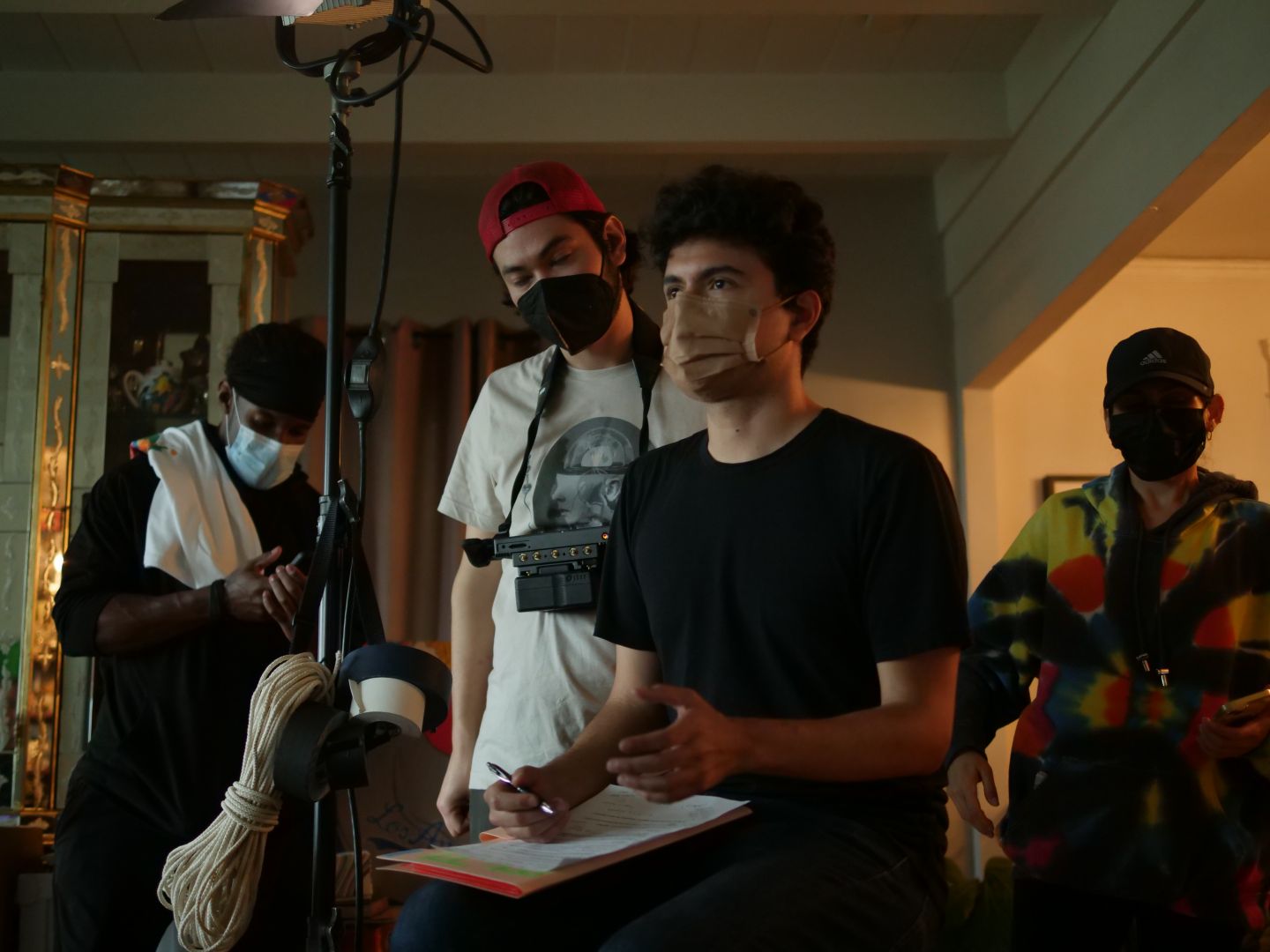
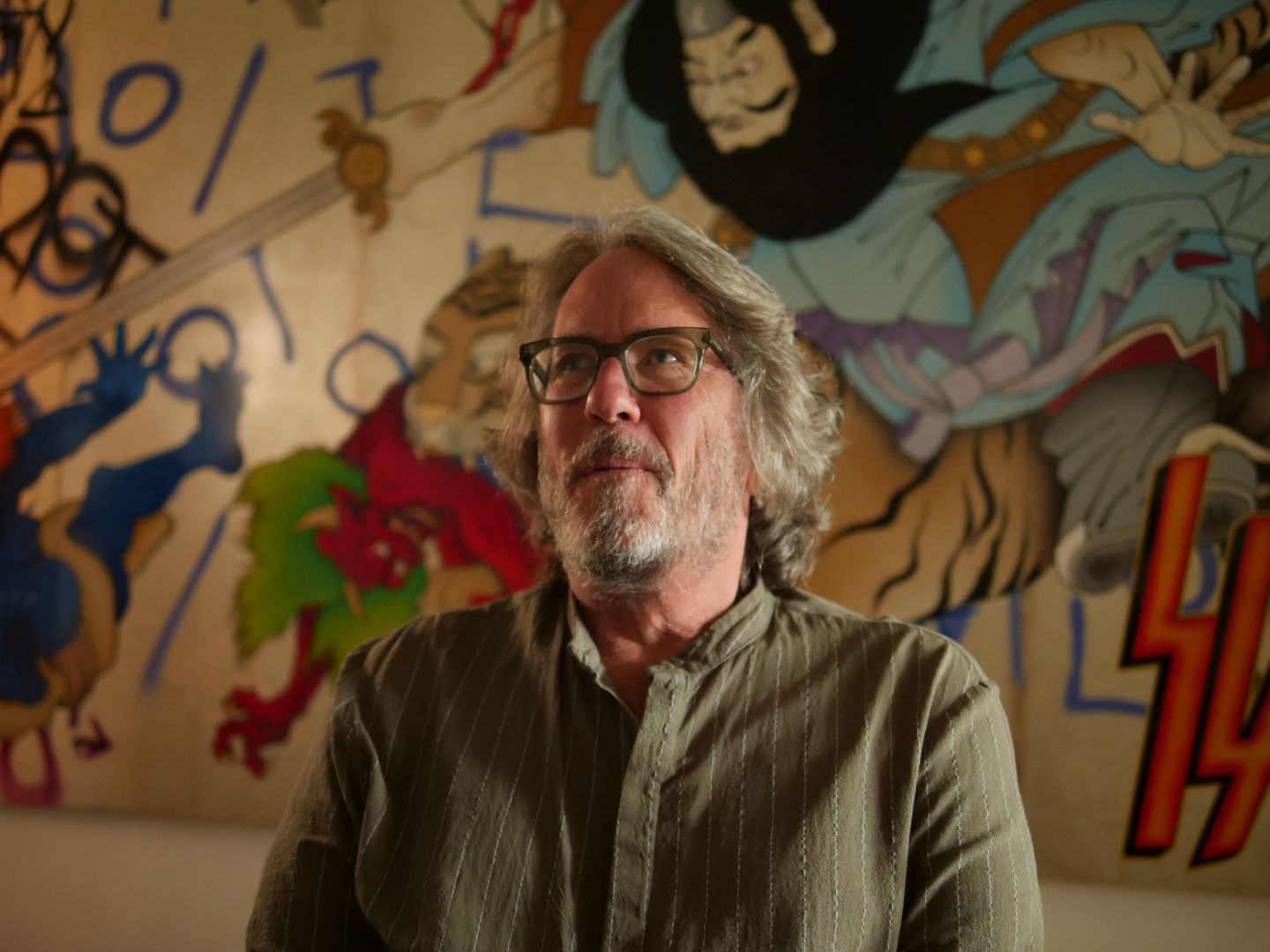
Let’s talk shop? Tell us more about your career, what can you share with our community?
My career as a documentary filmmaker serves two purposes: first, it scratches the itch of wanting to make films and TV shows while not breaking the bank. Second, it allows me to highlight many of the great things that I’ve come to appreciate in my 30’s: L.A. culture, the beauty in finding community, and the complicated relationship between artists and their art work.
When I use the term ‘artist,’ I don’t just mean painters, animators, illustrators and photographers: they can be anything from chefs to fashionistas, busking street performers to seasoned symphony musicians. If I can accurately pinpoint what truly sets their souls on fire, I know I’ve done my job. The challenge of course, is always finding the perfect vessel for these unique narratives. Finding compelling characters is typically half the battle, yet sometimes we can grow too close to our subjects and that lack of objectivity can inevitably cloud the editing phase.
Waiting for the money to roll in also allows for said closeness to take place, after all we’re getting to know one another and are slowly building some much-needed trust… But the question I keep finding myself coming back to over and over again: am I the person they should be entrusting their life story to? I usually convince myself that the answer is yes, and that ‘yes’ propels me to make the best possible version of the project that I can.
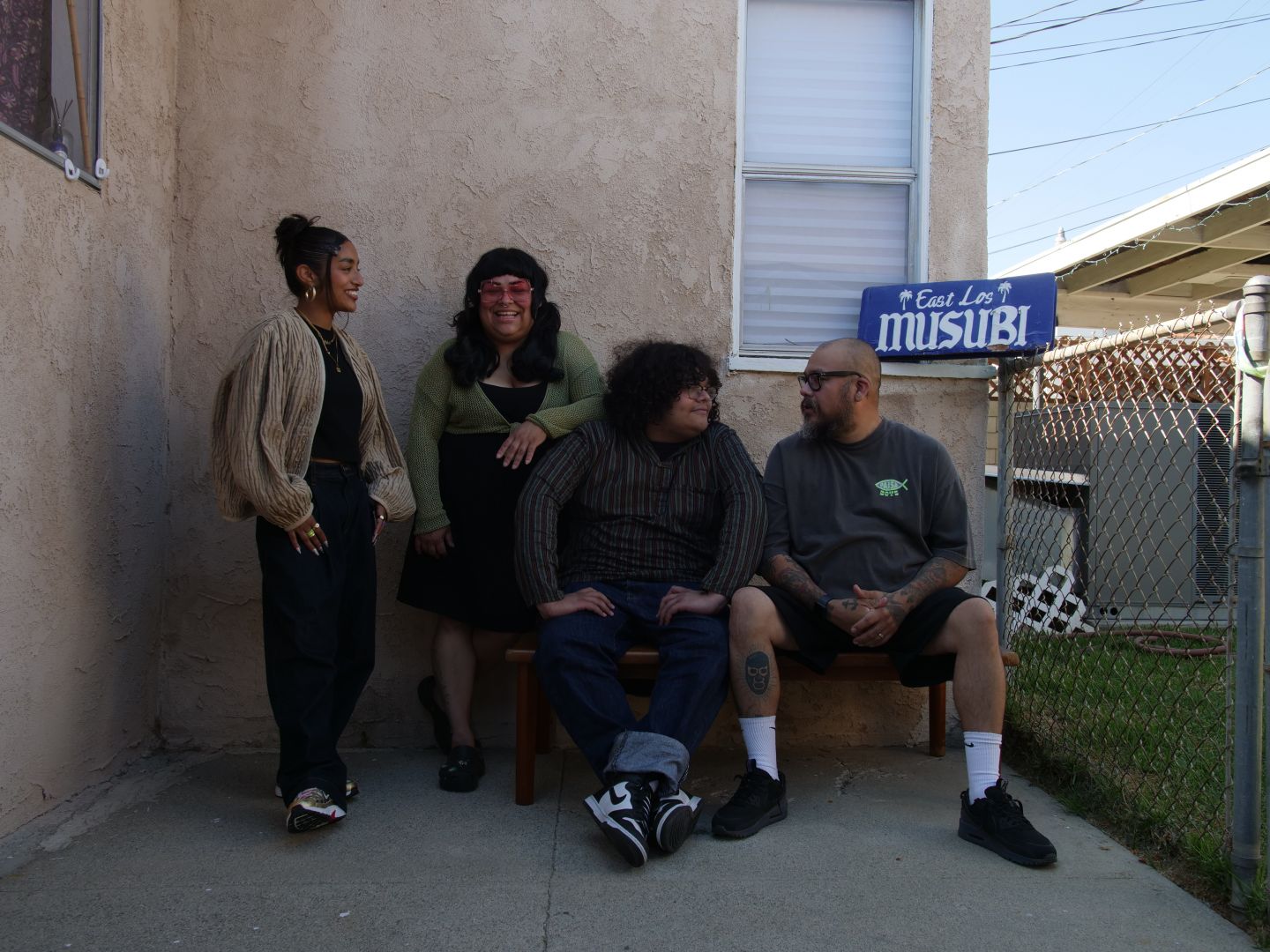
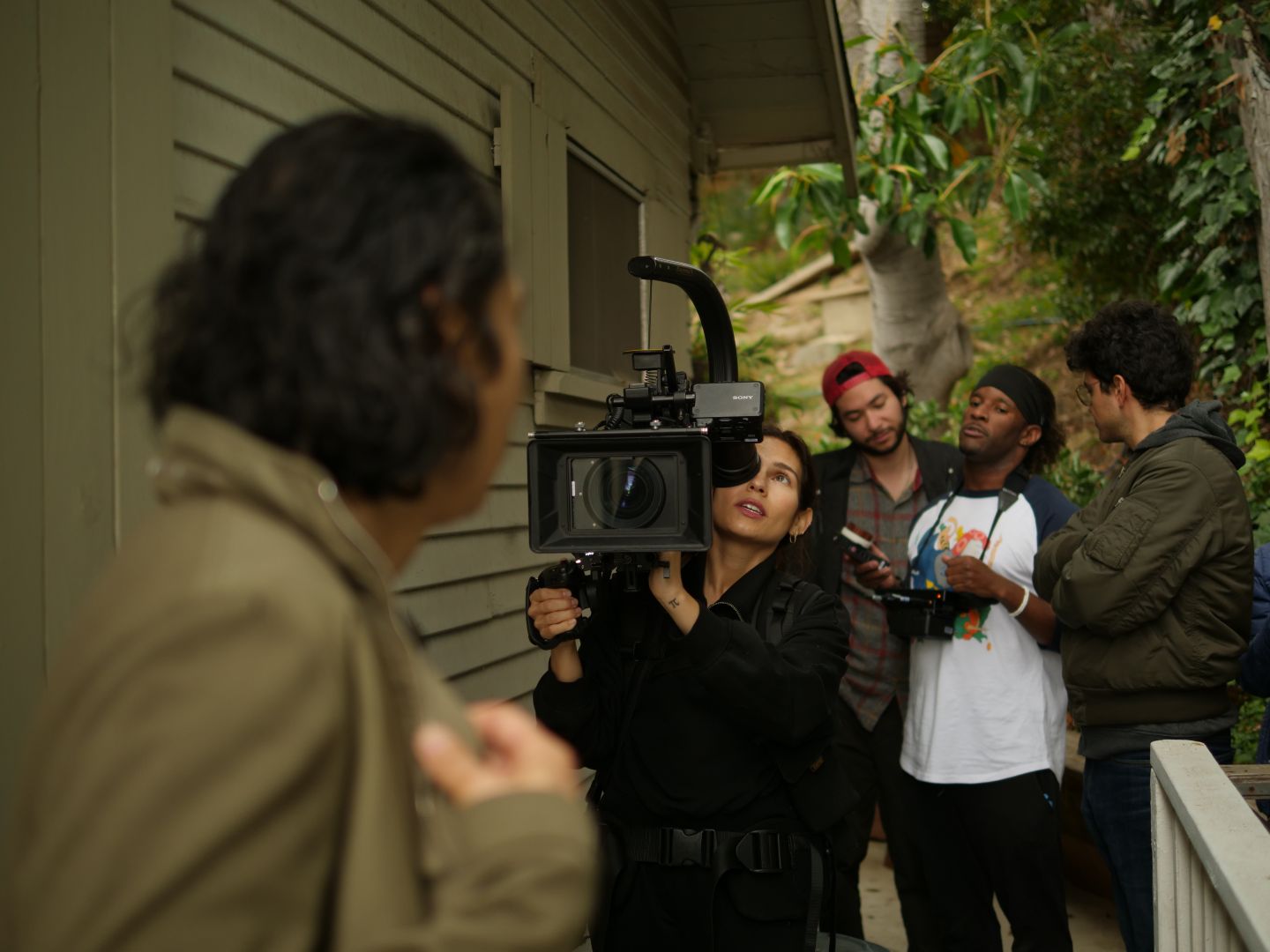
If you had a friend visiting you, what are some of the local spots you’d want to take them around to?
First I would say go to Little Tokyo, and then check out neighboring Boyle Heights. These two communities are filled with so much rich history, you’d be remiss not to have a guided tour of each. As far as restaurants go, my favorite in Little Tokyo has always been Suehiro Café. It closed down in 2023, but a new location exists in Downtown L.A., not too far from the original location. In Boyle Heights, one can visit the oldest Japanese restaurant in Los Angeles, Otomisan, established 100 years ago.
The Paramount Ballroom, which is also nearly a century old, is just down the street on Cesar Chavez Blvd and features up-and-coming Latinx comedy and music shows nightly. If you want to catch a play, be sure to visit Casa 0101 Theater on First Street, which is where the original “Real Women Have Curves” was birthed. Little Tokyo’s Aratani Theater is another great place to watch Kaiju classics like Godzilla and Gamera, and the Japanese American Cultural and Community Center (J.A.C.C.C.) has, in my opinion, the best outdoor garden in L.A.
If you want to immerse yourself in west coast American history, be sure to check out the Go For Broke Museum in Little Tokyo (next to MOCA), and the Japanese American National Museum. Far Bar is also great for drinks and sneaking in a sports game or two if that’s your thing. In fact, if you want to play or learn sports, be sure to visit Little Tokyo Service Center’s Terasaki Budokan gymnasium in Downtown L.A. I once took intro Taiko lessons there with Maceo Hernandez and had a blast. The Budokan also hosts weekly comedy shows with Derek Mio and his stand-up (no pun intended) friends.

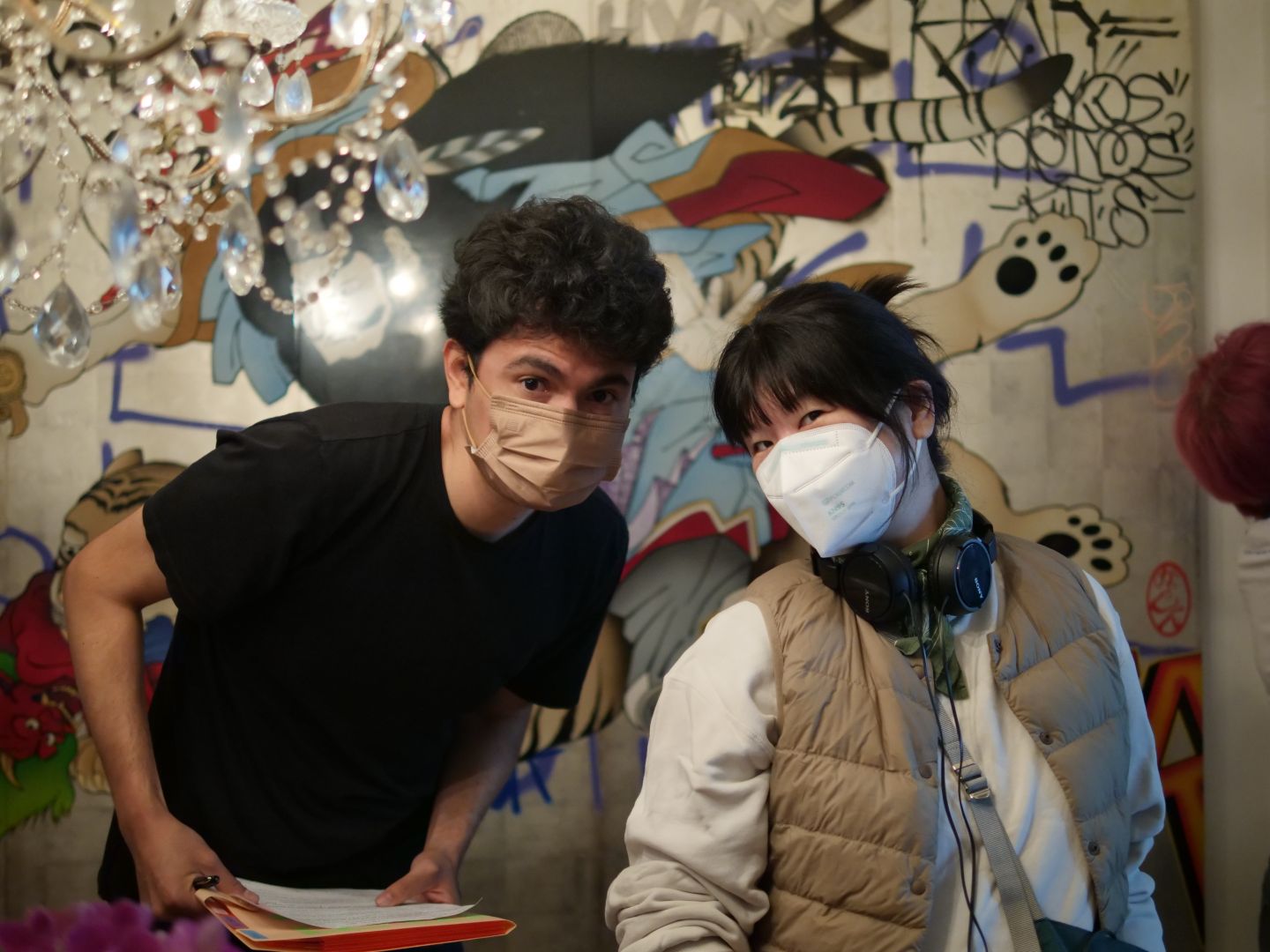
The Shoutout series is all about recognizing that our success and where we are in life is at least somewhat thanks to the efforts, support, mentorship, love and encouragement of others. So is there someone that you want to dedicate your shoutout to?
I would obviously need to give a big shoutout to my parents. And my grandparents. It was a four-person operation trying to raise me…
While I never met my real-life sister, my cousin Adriana has since become an honorary sibling and is there for me whenever I need her guidance or expertise. My half-brother Ben was someone who came into my orbit later than usual, yet selflessly took over the reigns as a co-parent when I was too judgmental and hormonal to be around my actual mom and dad.
I’d also like to give a shoutout to my L.A. friends, who were crazy enough to make movies with me in high school. And lastly, thank you to my dear wife, Isabel, who puts up with me and entertains all of my inane ideas. Love you, mamacita.
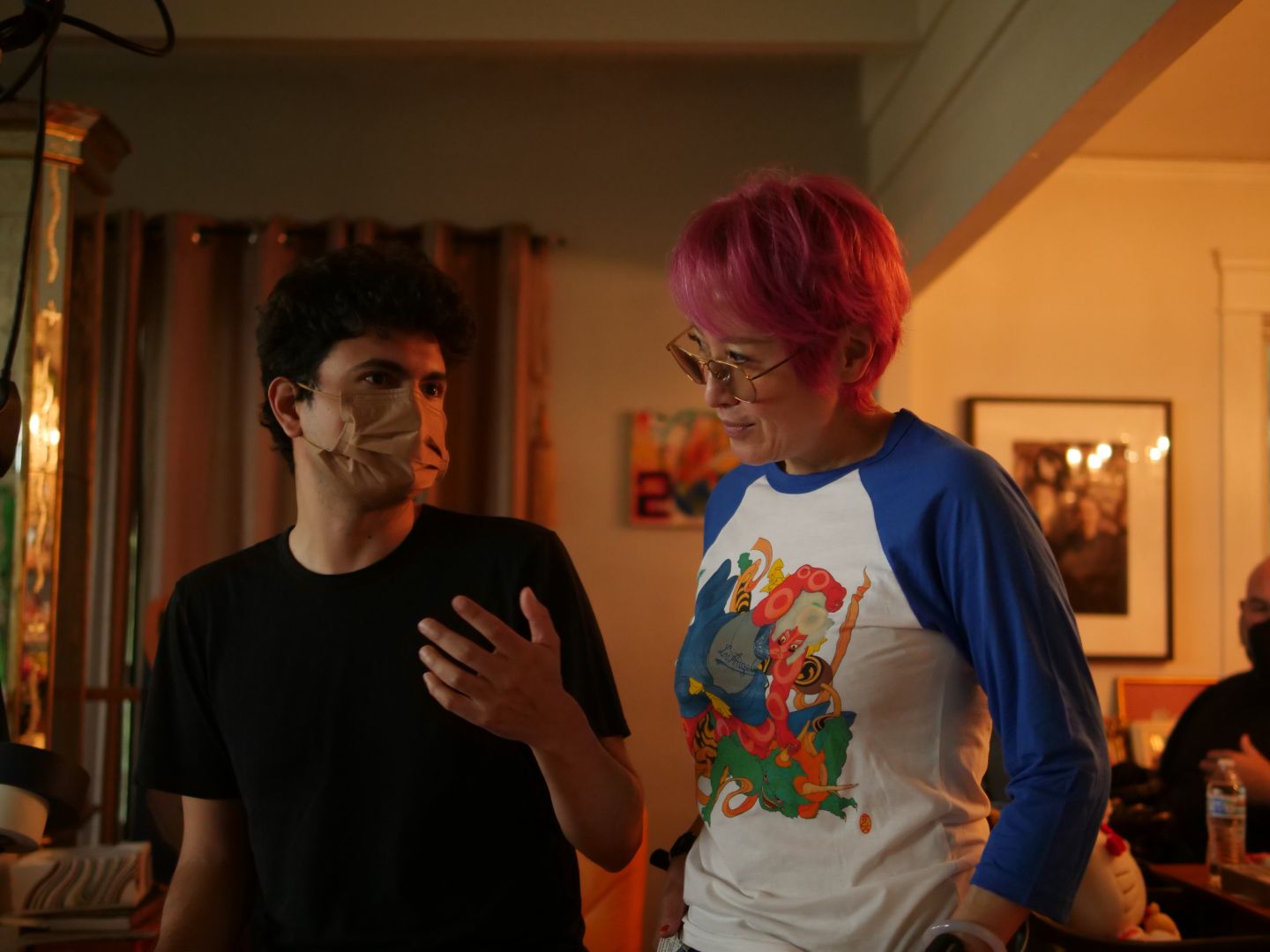
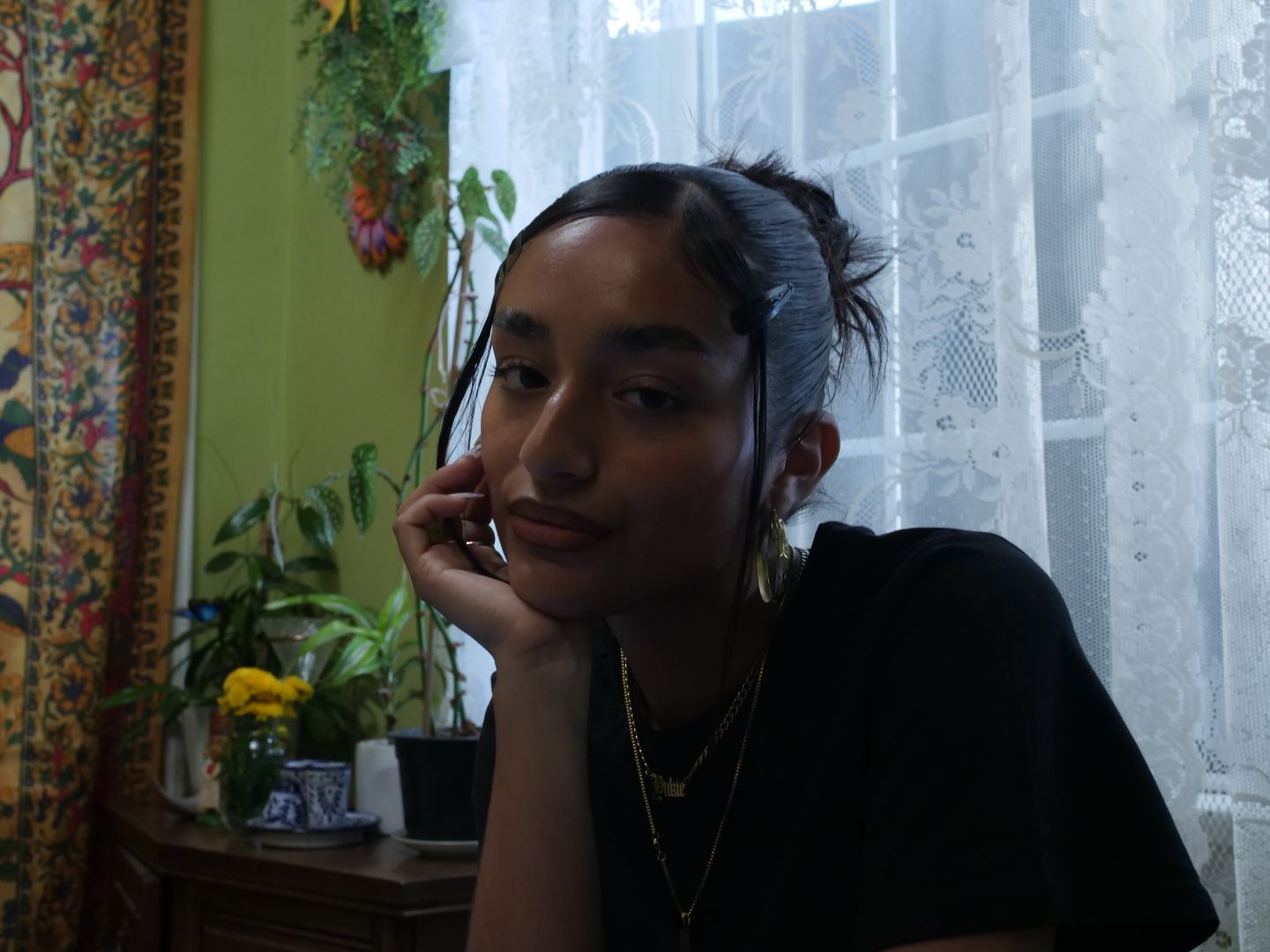
Website: https://rguevara.com/
Instagram: https://www.instagram.com/rubengguevara/
Linkedin: https://www.linkedin.com/in/rubenguevaraiii/
Twitter: https://twitter.com/rubengguevara?lang=en
Facebook: https://www.facebook.com/rubenguevaraIII
Image Credits
Photos by Erika Ito, courtesy of Pachuke Films LLC
